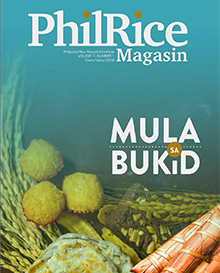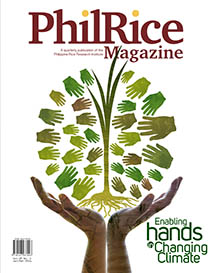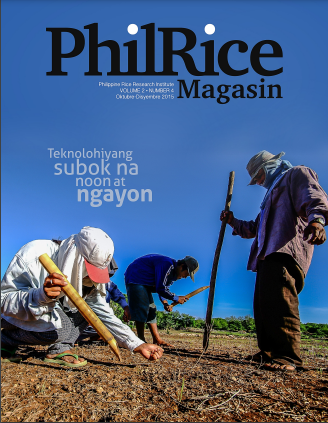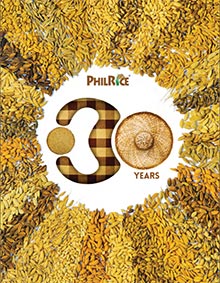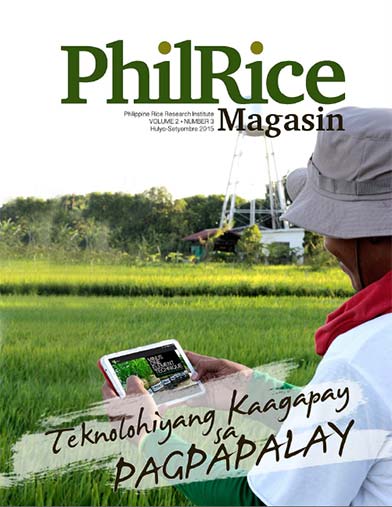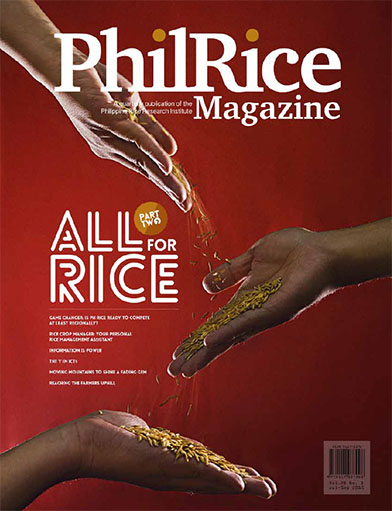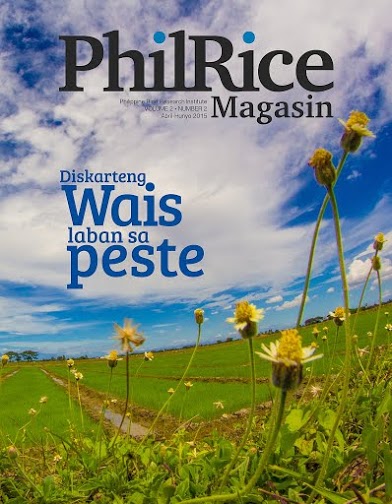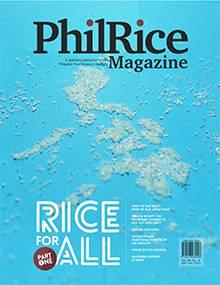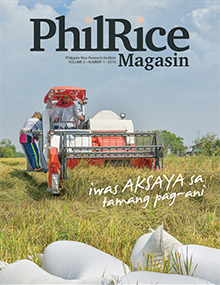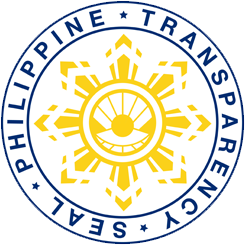Vol 3 No. 1
Hindi lamang natatapos sa palay o bigas ang maaaring mapagkakitaan ng ating mga magsasaka. Ito ay maaaring gawing harina upang makagawa ng tinapay, kakanin, o di kaya’y brown rice, mas mataas na sa kita, mas healthy pa! Maaari ring lagyan ng gulay, paghahayupan, at iba pang mapagkakakitaan ang bukid. Basahin ang iba’t-ibang kwento ng ating mga magsasaka na nagpapatakbo ng mga small and medium enterprises ng mga produktong mula sa sakahan.
Vol 29 No. 1
The fight against the impacts of climate change on agriculture cannot be done by one institution. The enabling hands show that the world is now coming together to protect not only our staple food but also, ultimately, our planet – Mother Earth.
Teknolohiyang subok na noon at ngayon
Alamin ang mga teknolohiyang subok na ng ating mga magsasaka. Ang mga ito ay tumutugon sa iba’t-ibang hamon sa pagsasaka. Basahin ang iba’t-ibang teknolohiya sa pagpapalay na patok na noon magpahanggang ngayon.
Vol 2 No. 4
Sakit sa ulo at bulsa ng mga magsasaka ang climate change. Sangkatutak na kabawasan sa ani ang labis na pagkatuyot at ang nag-uumapaw na tubig dulot ng labis na pag-ulan
Vol 28 No. 4
On the 30th Anniversary of PhilRice, the elements of the logo symbolize a farmer holding a bilao (woven tray) with rice. Taken from the top point of view, 3 characterizes his arms and 0, his hat. The grains of rice along the corners embody the 30 longs years of the Institute’s journey. They come in all shapes and colors – as diverse as PhilRice’s accomplishments and challenges in the service of the Filipino farmers for three decades.
Vol 02 No.3
Ang Minus-One Element Technique (MOET) application ay isang makabagong teknolhiya sa pag-aabono na maaaring subukan ng mga magsasaka.
Sa isyu ng magasin na ito, iba’t ibang pamamaraan ang maaaring isagawa ng mga magsasaka upang makatipid sa produksyon, tumaas ang ani at gawing maka-kalikasan ang pagpapalay.
Vol 28 No.3
The hands of various sectors (farmers, policymakers, and consumers) represent how complex and elaborate is the process of providing food for everyone in a country with a ballooning population. These hands can unite to help PH’s rice industry move forward and be more competitive. All for rice!
Vol 02 No.2
Ang mga halamang namumulaklak o ornamentals sa Ingles, ay hindi lamang pang-dekorasyon sa bahay. Ang pagtatanim sa kanila sa bukid ay mainam na istratehiya para mapamahalaan ang mga peste. Ang tawag sa pamamaraan na ito ay ecological engineering.
Vol 28 No. 2
In the Philippines, one could easily equate food with rice. With more than 100M Filipinos eating rice at least three times a day, this comes as no surprise. Rice, to date, remains the staple food in the Philippines, making it one of the prized, highly debated commodities in the country. This issue showcases some of the government’s interventions under the Food Staples Sufficiency Program (FSSP) to help ensure availability of rice for all Filipinos. These undertakings constitute part 1 of our special issue on FSSP.
Vol 02 No.1
Ayon sa pag-aaral, umaabot sa 50% ang maaaring mawala kapag hindi mapagtutuunan ng pansin ang wastong pag-aani. Sa pagdating ng mga makinang pambukid, tulad ng combine harvester, mas madali na ang pag-aani at makatitipid pa ng halos P3,000 sa gastusin.

